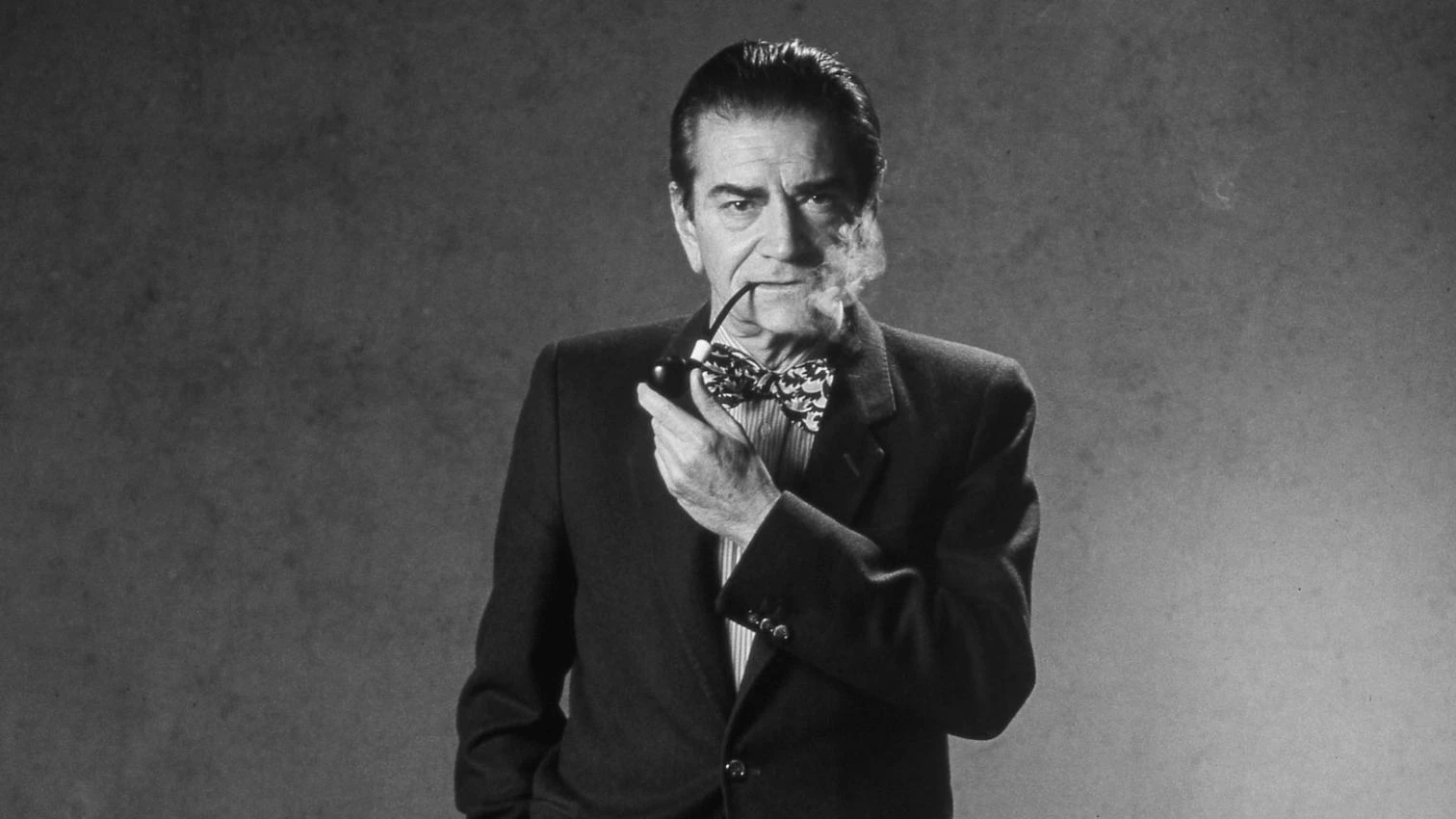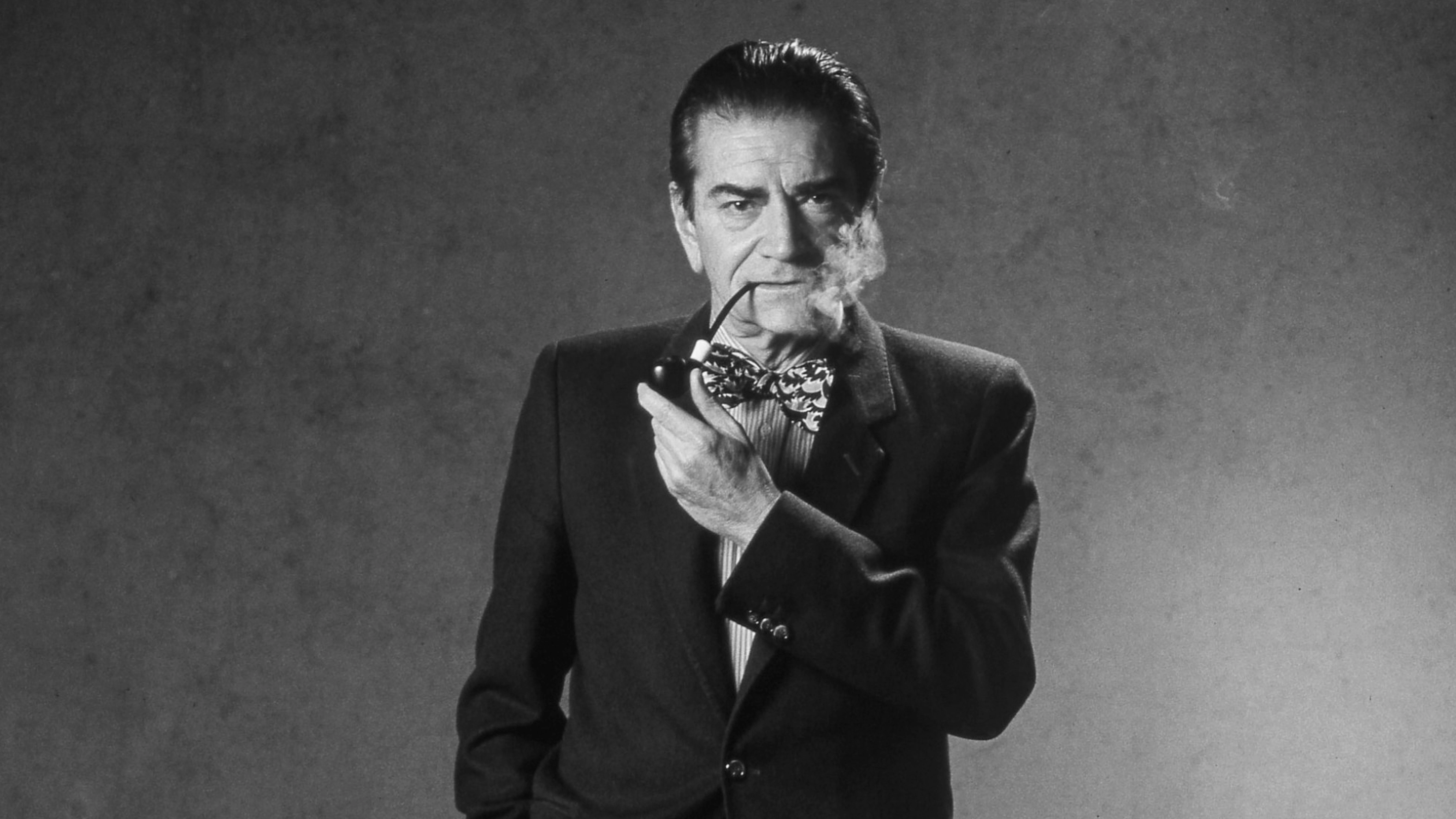
(1918-2000)
With the death of Bruno Zevi, organic architecture has lost one of its staunchest defenders. Born into a Jewish family in Rome, in 1940 he was forced by Mussolini’s racial laws to seek exile in the United States. While studying with Gropius and Giedeon at Harvard he discovered the work of Frank Lloyd Wright, in which he saw the model of democratic expression that Italy needed in the wake of the war. Back in his native country, Zevi’s career unfolded outside of the Milanese set grouped around Ernesto Nathan Rogers and Casabella magazine. A professor of architectural history in Venice and then in Rome, in the fifties he published Toward an Organic Architecture, History of Modern Architecture, and Knowing How to Look at Architecture before founding, in 1955, the journal L’Architettura: Cronache e Storia, activities he combined with professional practice as head of the office that built the Italian Pavilion at the Montreal Expo in 1967. Before dying in Rome, this shrewd critic was able to publish his gigantic monograph on Erich Mendelsohn, another nomadic Jew with a passion for fluid forms.






